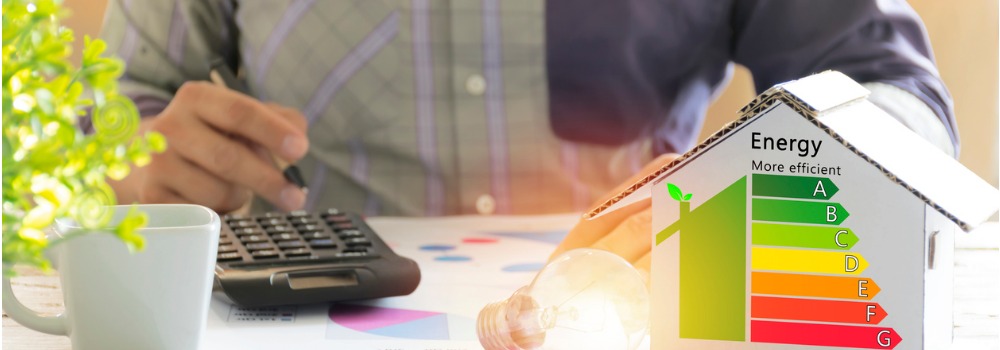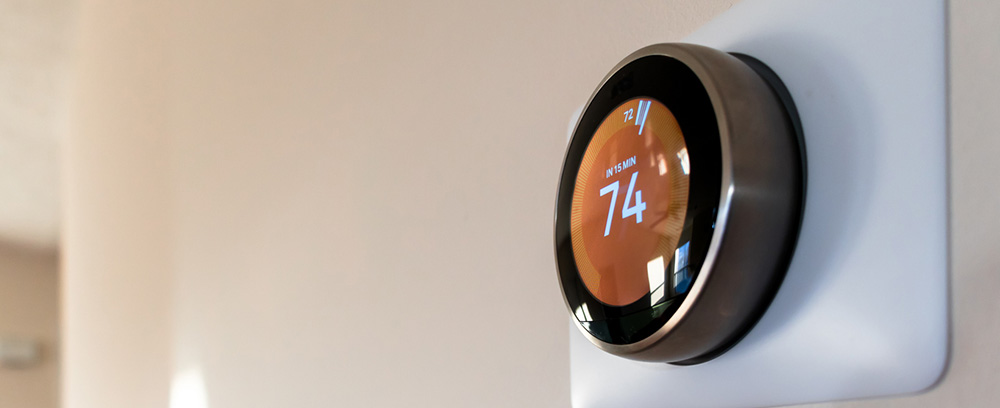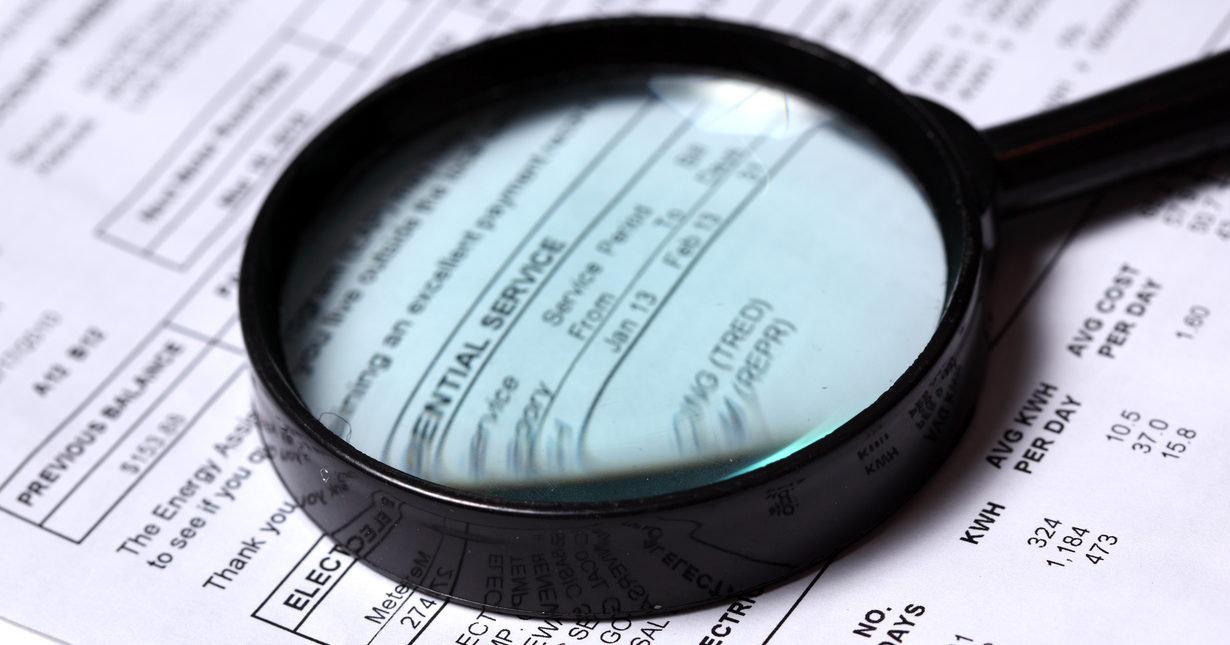Customers that follow the Provider Power blog have gotten a lot of energy-saving tips over the years. But how much can you really save by saving energy?
In 2017 the average monthly electricity bill before factoring in gas service was $111.67 nationwide ($1,340 a year). Statewide it ranged from $149.33 a month in Hawaii to $79.16 a month in New Mexico. It’s no wonder the Energy Information Administration (EIA) found 31% of households have difficulty paying their energy bills at least one or two months out of the year.
It may not seem like small changes will make a big difference, but they can. Keep reading for a breakdown of how much some of our top energy saving tips can save you.
Energy Saver: Using a Programmable Thermostat
The Savings: 10-30% on Space Heating and Cooling
This is a big saver that takes very little time and energy on your part. On average, air conditioning and space heating are the two largest energy end uses in homes, 17% and 15% respectively. However, ENERGY STAR reports they can account for as much as half the energy used. On the low end, using a programmable thermostat can save the average customer nearly $43 a year and $201 a year on the high end. What’s even better is that if you already have a programmable thermostat no money has to be spent to get the savings.
Energy Saver: Changing the Air Filter
The Savings: Up to 7.5% of Energy Use a Month
In addition to using your programmable thermostat, another way to reduce the cost of heating and cooling is by increasing efficiency. An easy and inexpensive way to do that is to change the air filter regularly (at least once every three months). According to the Department of Energy, doing so can reduce HVAC energy use by as much as 15%. That works out to be 7.5% or $8.375 a month on average ($100.50 a year) if half your bill goes toward space heating and cooling.
If a standard air filter costs as little as $1, you’ll save up to $96 a year by replacing the filter every three months. You can save a little more by getting a reusable air filter that can be cleaned instead of replaced.
Energy Saver: Smart Power Strip
The Savings: Up to $200 a Year
A smart power strip helps eliminate vampire power that’s sucked out of electronics in standby mode. All this lost energy is nothing but a waste of about $200 a year. Another benefit of smart power strips is they can be put on a timer to shut off electronics that are accidentally left on.
How much you can save with a smart power strip depends on what you’re plugging in. Let’s assume you only use one smart power strip for the entertainment center. Just the TV and related devices make up 7% of energy use. If the smart power strip cuts energy use by half you’d save nearly $47 a year minus the cost of the power strip.
Energy Saver: Using the Clothes Dryer Less
The Savings: Up to 5% on Total Energy Use
Five percent of the total energy use in a home is used by the clothes dryer, an appliance that is only running a few hours a week. In other words, it’s an energy hog.
Realistically, it is possible to forgo the clothes dryer altogether and use a clothesline for a couple of dollars. Customers that are able to do that could save around $67 a year plus the cost of the clothes dryer itself. It would take a little more time to hang the clothes, but you get the residual benefit of knowing you’re doing something good for the planet and your financial well-being.
Energy Saver: ENERGY STAR Appliances
The Savings: Over $120 a Year
The ENERGY STAR program is around for a very good reason – it helped consumers save $30 billion in energy expenses in 2017 alone. Appliances make up 30% or more of the average household’s energy bill. ENERGY STAR states that its certified products reduce energy use by about 30%. If you used an ENERGY STAR refrigerator, water heater, clothes dryer, clothes washer, dishwasher, microwave and oven you’d reduce your electricity bill by $120 over the course of a year.
If you used ENERGY STAR products across the board beyond appliances you can save an estimated $575 a year on electricity and gas.
Energy Saver: Switch to LED and CFL Bulbs
The Savings: Over $120 a Year
Lighting accounts for 10% of energy use (basically all of the energy is electricity). That’s around $134 a year in electricity. But energy-efficient LED and CFL light bulbs use up to 90% less energy than standard incandescent bulbs. The savings could be as much as $120 a year, which makes up for the cost of replacing all the bulbs in a home in about the first year. The really good news is these bulbs can also last up to 15 times longer so you save even more in the long run.
It’s also important for customers in deregulated areas to comparison shop before choosing an electric supply company. That energy saving tip can dramatically lower your bill when you lock in a competitively low rate. Provider Power supplies customers in Maine, New Hampshire and Massachusetts with great rates on electric plans that range from 6 months to 24 months term.
Choose your state to see which electricity plans are available in your area.










